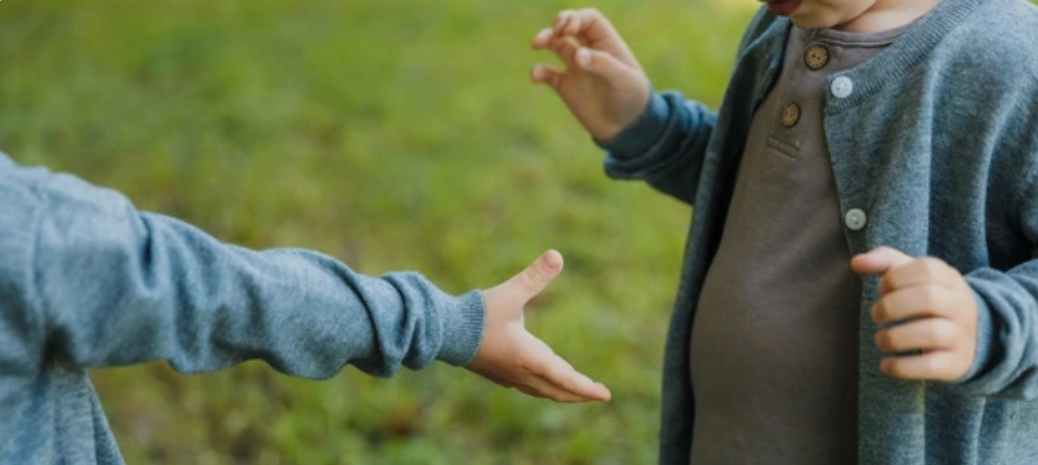5 Tools to Set Healthy Limits for Your Child

Source: https://www.mindful.org/
Implementing consistent limits for children is crucial yet challenging. Parents often face obstacles such as resistance from kids, personal exhaustion, or social pressures that can lead to inconsistent boundaries. The desire to make children happy or to avoid conflicts can sometimes result in a lack of structure at home, which ultimately impacts a child’s development. Clear limits are essential for children’s emotional growth, resilience, and social interactions. A supportive environment with well-defined rules and open dialogue helps balance immediate comfort with long-term developmental goals.
Five Behavioral Tools for Healthy Limit-Setting
1. Time-outs: Parents need a repeatable behavioral tool for managing children’s behavior throughout the day. While major consequences like grounding can be effective, they typically address behavior only once daily. Yelling and physical punishment are ineffective and discouraged. Time-outs are a valuable and practical method, providing a brief period for children to calm down and reset. With consistent use and careful planning, time-outs can be effective for most families.
2. Redirect behaviors when possible: Replacing a behavior is often more effective than trying to eliminate it entirely. Instead of simply telling a child not to act out, offer them alternatives to manage their emotions, like going to their room when they’re angry. Providing choices, specific praise, and rewards helps children develop new, positive behaviors. Giving them a sense of control can reduce conflict and improve cooperation; for example, letting a child choose whether to clean up now or in a few minutes can lead to better outcomes.
3. Planned ignoring: Children often exhibit behaviors to gain attention or influence their parents. Negative attention, like punishment, might be preferable to no attention at all. For example, a child might act out due to jealousy to get a parent’s focus. If a behavior is attention-seeking, ignoring it rather than engaging with it can help resolve the issue, as excessive punishment or discussion may reinforce the behavior.
4. Natural consequences: Children often learn from experiencing the natural consequences of their actions, such as feeling cold for not wearing a jacket or missing the start of a show due to goofing around. This approach is effective when the stakes are low and safety is not a concern. However, it is crucial to consider the child’s developmental stage, as young children may not connect their actions with future outcomes. For instance, they might not link staying up late with feeling tired the next day. If natural consequences aren’t effective, it may be necessary to reassess the situation, as children often need parental guidance and support to address and solve problems effectively.
5. Direct consequences and lost privileges: Plan and establish consequences for behaviors during calm moments to ensure they are enforceable and clear, such as loss of screen time or a favorite toy. Relying solely on consequences can be ineffective, so it’s important to balance them with positive interactions and feedback. Consistency is key, and while positive parenting is valuable, it should be complemented by firm and consistent disciplinary strategies.
Image Source: https://www.mindful.org/





